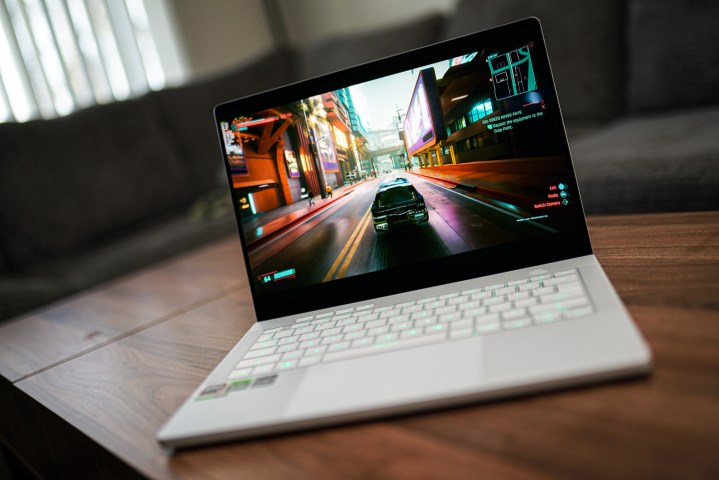
I know, I know. It sounds ridiculous. Preposterous. Antithetical.
Apple sure isn’t going to make a gaming laptop, and the current range of Qualcomm-based Windows laptops aren’t exactly performers.
But after doing some gaming on a MacBook Pro, I can’t help but fantasize about how excellent ARM-based gaming laptops could be — and how frustrating the current technology is right now. We may be a few years away, but a guy can dream, can’t he?
The problem with gaming laptops

Gaming laptops have come a long way in just the past few years. Led by options like the Razer Blade, we’ve seen the rise of a new class of gaming laptops — machines that are compact, premium, and powerful. Just look at the ROG Zephyrus G14. It has an OLED screen, an all-aluminum build, and excellent performance — despite being more compact than a MacBook Pro. That’s astounding. It’s far from an outlier either.
As good as laptops like these are, they have unavoidable problems when compared to other laptops. There are three big ones, from my perspective: heat, fan noise, and battery life. As gaming laptops have gotten thinner and more compact, it’s had an effect on surface temperatures. There’s nothing more uncomfortable and frustrating than an overly warm keyboard and palm rest while gaming. Sure, you can always plug in an external keyboard, but at that point, you’re hardly using the device as a laptop.
One of my favorite examples of a gaming laptop that learned how to sidestep this problem is the ROG Flow Z13. It’s a Surface Pro-like 2-in-1, meaning all the guts of the computer are behind the display, not under the keyboard. It’s a unique solution, for sure, but shows how difficult of a problem it is to fix in the traditional clamshell design.
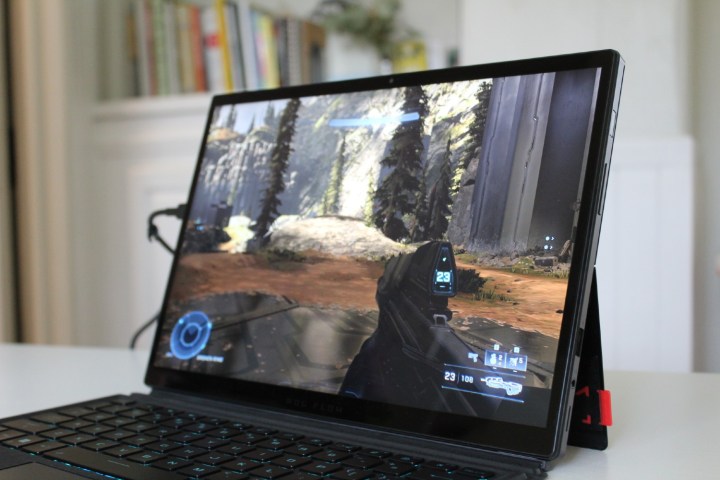
But even there, you run into the second two problems of obnoxious fan noise and poor battery life. Battery life has been an issue with x86 laptops as compared to ARM laptops for years, and it’s an even larger issue for gaming laptops. In fact, battery performance is one of the great achievements of MacBooks in their current era. Not only do they last forever, but you don’t have to worry that your game or application is running at half speed when away from the wall.
Fan noise might be the most frustrating of all these problems, though. You don’t your new laptop to feel like it’s on the verge of a meltdown. Forget playing in public places or even just without headphones. I suppose I’ll take loud fans over hot surface temperatures (or poor performance), but it would sure make for a more pleasant gaming experience.
One of the starkest examples of this came up recently as I was trying to play Fortnite on a MacBook Air. While performance wasn’t great per se, being able to actually play the game on a completely fanless laptop was revelatory to me. Combine that with the impressive speakers on the MacBook Air, and I found myself enjoying the experience of gaming without headphones entirely. That couldn’t be more opposite of the experience on gaming laptops right now.
Solving these problems with the current hardware is impossible. It’s a physics equation that can’t be solved. It’s something only a major leap in efficiency can solve — something on the level of switching to ARM processors. But is that even possible?
More than a pipe dream
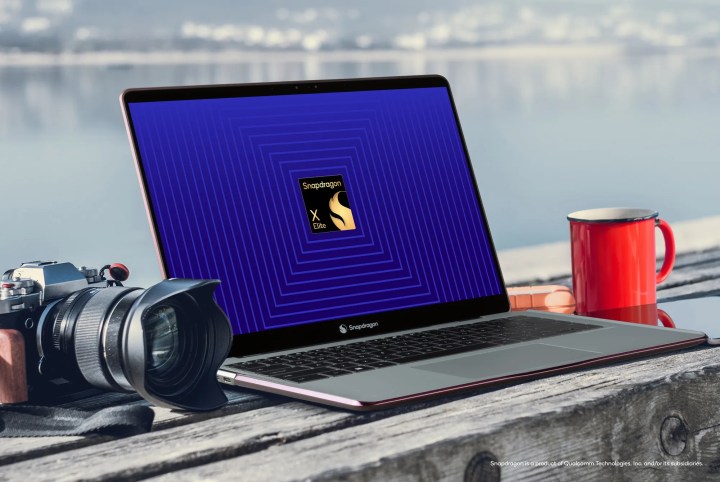
In 2021, news broke about the possibility of ARM gaming PCs. MediaTek, one of the largest buyers of ARM-based chips, provided a peculiar statement to the press about how this could all come to pass.
“MediaTek is the world’s largest supplier of ARM chips, used to power everything from smartphones, Chromebooks, and smart TVs,” says MediaTek CEO, Rick Tsai, told Engadget. “We look forward to using our technology and working with Nvidia to bring the power of GPUs to the ARM PC platform for gaming, content creation, and much more. GPU acceleration will be a huge boost for the entire ARM ecosystem.”
But times were different in 2021. Since then, Nvidia’s attempted acquisition of ARM fell through, and since then, the topic has gone silent. Not a single ARM laptop has come out with a discrete GPU. MediaTek hasn’t made a big move into higher-end Windows PCs, either. In fact, very few ARM laptops have come out since then at all.
All the while, Apple has continued to ramp up its own ARM MacBooks, perhaps accentuated most by the M3 Max this past year. The impressive GPU performance in particular made playing AAA games like Baldur’s Gate 3 or Lies of P not only possible — but enjoyable. There still aren’t a ton of games available natively, but performance is no longer the major hurdle. It was doing something with games Windows laptops never could, making me wonder if Microsoft would ever catch up.
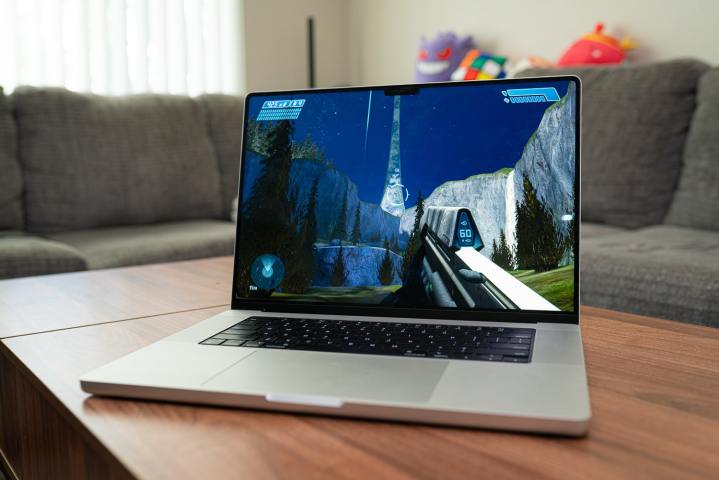
Then, Qualcomm made an announcement that left the PC world waiting with bated breath. The Snapdragon X Elite — a chip that finally seemed worthy of taking Windows on ARM to the next level. Qualcomm is making some huge claims with this chip, saying it’s 21% faster in multi-core performance than the M3. If that turns out to be true, it’s about to be a huge year for ARM Windows laptops. In fact, adoption of ARM chips is already being pointed to as a reason for dramatic increases in PC sales this year.
And that’s not all.
A report from late last year said that both AMD and Nvidia were readying their own ARM systems, possibly for 2025. Qualcomm reportedly had exclusivity on creating ARM Windows laptops, but after 2024, that will come to an end. So, even if you aren’t particularly excited about Qualcomm’s upcoming attempt at making Windows on ARM a reality, there may be some other options by next year.
“Microsoft learned from the ’90s that they don’t want to be dependent on Intel again, they don’t want to be dependent on a single vendor. If ARM really took off in PC (chips), they were never going to let Qualcomm be the sole supplier,” Jay Goldberg, chief executive of consulting firm D2D Advisory, told Reuters.
The inclusion of Nvidia on that list is particularly enticing. It’s hard to believe that Nvidia would be a part of this if it didn’t involve PC gaming or high-end graphics on some level. It may take a long time to recreate the raw performance of the RTX 4090, but it doesn’t need to do that to beat some of the entry-level gaming laptops out there.
A long way to go
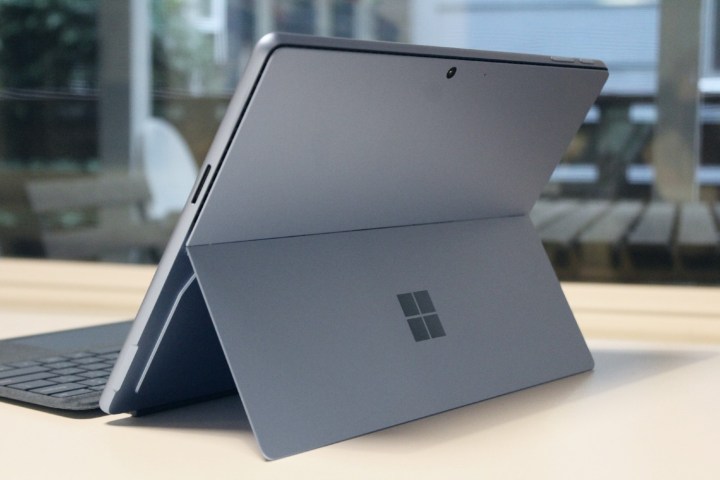
If I convinced you in that last section that ARM gaming laptops were on their way and about to change everything — let me bring you back down to earth. Because even if chipmakers can solve the performance problem, that doesn’t mean games are going to magically play well. After all, very few games will be available to play natively. It’s been hard enough to convince developers to bring games to the Mac’s Apple Silicon.
Emulation is the way around that, which has been a huge problem with Qualcomm’s previous attempts. As much as Microsoft has been encouraging ARM adoption through the Surface Pro, it’s toed the line with how it addresses developers on the topic. That could change in a big way, with rumors claiming that the Surface Pro 10 will be an exclusive ARM device. Still, a lot of momentum is needed if we’re really going to see a transition happen at the scale it needs to take on Apple.
And for whatever reason, Intel still doesn’t think ARM laptops represent a serious threat to its dominion.
But even if it manages to overcome everything in its way, it’s certainly not going to happen overnight. That’s just not how software development works. But either way, by 2025, we may have our first attempts at a true ARM gaming laptop. And even if performance isn’t quite up to par at the beginning, it should be able to solve the issues mentioned above with current gaming laptops — and that’ll be enough to make me happy.


